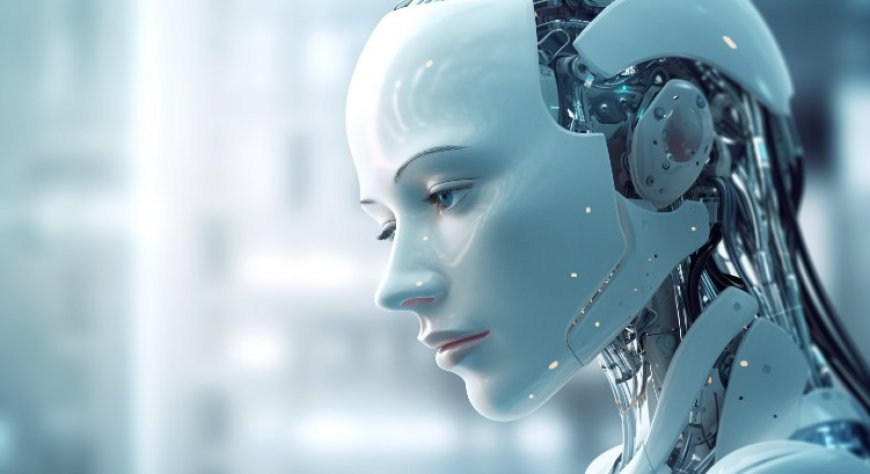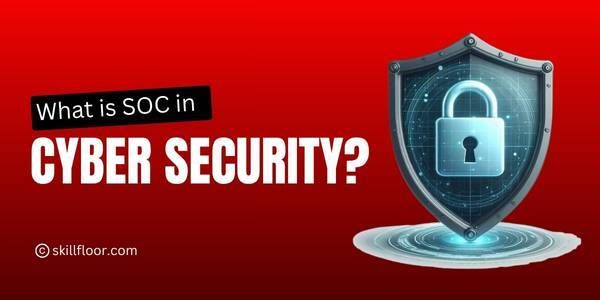AI in Art: The Intersection of Technology and Human Expression
Explore the fusion of technology and human creativity in the realm of art. Discover how AI is revolutionizing artistic expression of imagination.

In the digital age, Artificial Intelligence (AI) has made significant strides in reshaping various industries. One such domain that has experienced a profound transformation is the world of art. The amalgamation of AI and art has opened up new frontiers, unleashing a dynamic interplay between technology and human expression. AI-powered tools and algorithms have become indispensable to artists, revolutionizing creativity, and challenging traditional notions of what constitutes art.
AI as a Creative Partner
The emergence of AI as a creative partner in the world of art has transformed the way artists approach their work. Instead of replacing human creativity, AI complements it by offering a wealth of tools and resources that can be harnessed to augment the artistic process. Artists now have access to AI-powered software capable of generating unique visual and auditory content based on their creative prompts. This collaboration between human artists and AI algorithms results in a captivating fusion of artistic vision and data-driven insights.
AI serves as a boundless source of inspiration, providing artists with a vast reservoir of artistic styles, techniques, and themes from diverse cultures and time periods. By analyzing vast collections of art, AI can identify patterns and trends, presenting artists with fresh perspectives and ideas they might not have encountered otherwise. This exposure to a plethora of artistic expressions broadens an artist's horizons and fosters experimentation and innovation.
AI-generated art also challenges artists to push the boundaries of their traditional practice. By incorporating AI into their creative process, artists may explore unconventional artistic mediums and techniques. This exploration encourages a playful exploration of creativity, leading to unique and unexpected artistic outcomes. The technology's ability to generate alternative options for creative decisions serves as an interactive feedback mechanism, propelling artists into new realms of self-discovery and expression.
Democratizing Artistic Expression
Democratizing artistic expression refers to the process of making art accessible to a broader and more diverse audience, breaking down traditional barriers that have historically limited participation in the arts. The integration of AI in art has played a pivotal role in this democratization process, enabling people with varying levels of artistic skills and resources to explore and engage in creative expression. Here are some key points that explain the concept of democratizing artistic expression through AI:
-
Accessibility: AI-powered tools and applications have made art creation more accessible than ever before. These tools are designed to be user-friendly and intuitive, allowing individuals with no prior artistic training to experiment with different styles, mediums, and techniques. As a result, people who may have felt excluded from the art world due to barriers like lack of formal training or resources can now actively participate in artistic endeavors.
-
Low-cost and Availability: Traditional art supplies can be expensive, making it challenging for many aspiring artists to pursue their creative interests. AI-driven art platforms often require minimal investment, with many applications available for free or at affordable prices. Moreover, these tools can be accessed from various devices, including smartphones and tablets, making art creation convenient and widely available.
-
Diverse Artistic Styles: AI algorithms are trained on extensive datasets of art from different cultures, periods, and genres. As a result, AI-generated art can reflect a broad spectrum of artistic styles, catering to a wide range of tastes and preferences. This diversity allows individuals to explore and express their creativity in ways that resonate with their unique identities and cultural backgrounds.
Augmented Reality (AR) and AI Art Installations
Augmented Reality (AR) is a technology that overlays digital elements, such as images, animations, or information, onto the real-world environment, creating an interactive and immersive experience. When combined with Artificial Intelligence (AI), AR becomes a powerful tool that has revolutionized the concept of art installations. AI-driven AR art installations have garnered significant attention in recent years due to their ability to merge traditional artistic expressions with cutting-edge technology.
-
Immersive Art Experience: AR and AI art installations offer a unique and immersive art experience that goes beyond the static nature of traditional artworks. Viewers can engage with the art in real-time, interacting with virtual elements that blend seamlessly with the physical surroundings. This interactive nature allows for a personalized and participatory encounter, making the artwork more engaging and memorable.
-
Dynamic and Evolving Artworks: Unlike traditional artworks, AR art installations can be dynamic and ever-changing. AI algorithms can respond to real-time data and user interactions, adapting the art piece based on the viewer's movements, gestures, or even emotions. This dynamic nature adds an element of surprise and unpredictability, keeping viewers captivated and encouraging repeated visits.
-
Blurring the Boundaries: AR and AI art installations blur the boundaries between the real and virtual worlds. The integration of virtual elements into physical spaces challenges the traditional notion of art confined to canvas or sculptures. The entire environment becomes the canvas, and artists can transform everyday spaces into extraordinary artistic experiences.
AI as a Muse
-
AI offers data-driven insights and patterns from vast art collections, serving as a source of inspiration for artists.
-
The analysis of recurring themes, styles, and emotions by AI algorithms can spark ideas for original artistic creations.
-
The dynamic interplay between human intuition and AI-driven analysis leads to unique and thought-provoking art forms.
-
AI as a muse encourages artists to explore new artistic horizons and experiment with novel creative approaches.
-
By leveraging AI as a muse, artists can break free from creative blocks and find innovative solutions to artistic challenges.
-
AI-generated prompts can act as a starting point for artists, triggering their creativity and helping them refine their concepts.
Ethical Implications and Challenges
The integration of AI in art brings with it a set of ethical implications and challenges that need to be carefully addressed. As AI algorithms are capable of generating artworks and music that resemble the styles of famous artists, questions of originality and authorship arise. Determining the rightful ownership and authorship of AI-generated artworks becomes a complex issue, especially when these pieces are sold or exhibited in the art market. Artists, critics, and legal experts grapple with defining the rights and responsibilities of AI as a creative tool and the humans who engage with it.
One major concern is the potential for plagiarism in AI-generated art. With algorithms trained on vast databases of existing artwork, there is a risk that AI-generated pieces may closely mimic the style of established artists, leading to accusations of copying. Artists using AI as a creative tool must be vigilant in ensuring that the final output remains a product of their own creative intent and not simply an algorithmic imitation.
AI in art is an ongoing and evolving journey, transforming how we create, appreciate, and understand artistic expression. The intersection of technology and human creativity has opened doors to uncharted territories, redefining the role of artists and challenging conventional norms. Embracing the power of AI in art allows us to explore the depths of human imagination and pushes the boundaries of what we once thought was possible. As AI continues to advance, it will undoubtedly lead us on a captivating journey through a realm of artistry that combines human emotion, intellect, and technology like never before. The future of AI in art promises to be an exciting and awe-inspiring adventure that will shape the very essence of human expression.


























































